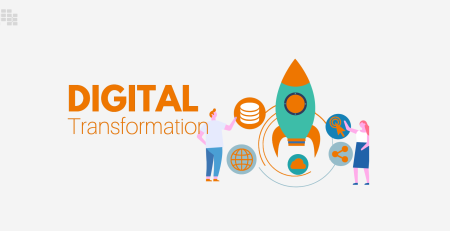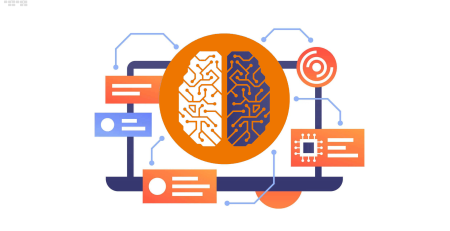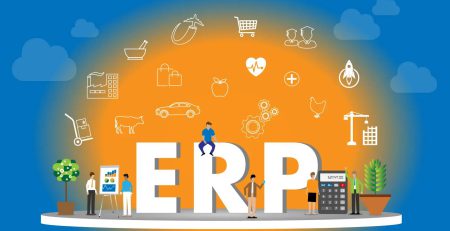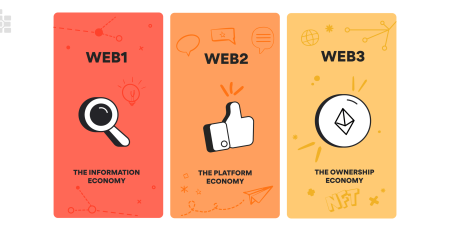The Role of Data Analytics in Revolutionizing HR Practices
Table of Contents
Data Analytics for Human Resources (HR) teams have long stood as the essential hub for managing a company’s workforce. Today’s growing work environments, international market demands, and swift tech changes have pushed the need to enhance old HR methods with data analysis.
Championing employee advocacy is now recognized as a direct path to business victory, leaving little room for mistakes. Companies are in a race to draw in elite professionals, boost work output, and cut down on unnecessary expenses. In this scenario, data analysis proves to be a vital instrument for HR experts, enabling them to make informed choices and propel the company towards its goals.
Why Data Analytics Is Crucial in HR
The significance of data analytics in HR extends beyond simply aiding personnel in addressing immediate issues—it also enables them to predict organizational and employee needs, drawing from previous patterns. Through the application of data analytics, HR professionals are capable of making decisions that not only address current demands but also align with the organization’s future goals.
With the aid of data analytics, crafting targeted job postings, identifying the most effective recruitment channels, and refining the application pathway become streamlined. By examining past data, HR departments are better equipped to foresee upcoming staffing necessities and develop strategies to fulfill them. This might include attracting top remote talent, filling challenging vacancies, or managing significant hiring increases during peak seasons.
Performance Reviews and Development
The era of solely relying on subjective judgments for performance reviews has shifted. Thanks to analytics, HR departments can now base employee evaluations on solid data, comparing outcomes to well-established key performance indicators (KPIs). This method not only pinpoints current capabilities but also forecasts future performance patterns. Leveraging this information, companies can pinpoint developmental needs, paving the way for training initiatives that align with both individual aspirations and organizational objectives.
The traditional approach to training, often a generic solution meant to fit all, has evolved. With the integration of data analytics, training programs are now customizable, catering to the unique needs of each employee. This customization enhances the impact of the training, simultaneously improving employee satisfaction and loyalty.
Employee Engagement and Retention Strategies
Unlocking the secrets to employee engagement and keeping staff content is key. By digging into survey results, comments, and how employees act, we can get to the bottom of what makes employees feel unsettled or decide to leave. This understanding lets HR teams create targeted strategies to increase happiness at work and loyalty, helping to avoid the high costs that come with replacing employees.
Understanding who your top performers are and recognizing their hard work also plays a vital role, improving their motivation and the overall team atmosphere.
Forward-Looking Analysis for HR
Using forward-looking analysis, HR departments can stay a step ahead, predicting future trends and making informed choices. They might guess turnover rates before they happen, judge how well HR initiatives are working, or predict how new rules might affect things. By using data to plan ahead, HR can set the stage for strategies that really work.
Potential Pitfalls
The safeguarding of employee information is of paramount importance, given the personal nature of the data handled by HR. It is critical to enforce strict privacy measures, like obtaining explicit consent, anonymizing data whenever feasible, and rigidly following laws on data protection. These measures are crucial in preserving trust and integrity across an organization. Even a single instance of mishandling data can severely damage an organization’s credibility and its relations with its workforce.
Furthermore, data tools can sometimes lead to outcomes that aren’t fair, impacting an organization’s dedication to diversity and inclusion. For HR teams, it’s important to collaborate with technology specialists to consistently review and modify these tools to ensure fairness for all. The challenge of pinpointing and rectifying bias is ongoing; however, acknowledging its existence is a necessary initial step.
Anything new—especially technology—can be met with skepticism and pushback. That’s why it’s crucial to invest in training HR employees on data analytics, so they can see its value for themselves. Clearly defining objectives and expectations can alleviate any doubts or worries, and showcasing successful examples can help convince them of its usefulness.
You want to ensure that any new methods and tools smoothly mesh with what the HR department already has in place. This task can be tricky, particularly when navigating older systems or bridging gaps between different parts of the organization.
Wrapping Up
The advancement of AI and machine learning marks a significant shift in how data analytics will shape the HR sector. Expect to see more refined tools that offer both retrospective insights and predictive capabilities, enabling a proactive approach to HR management. The trajectory of HR is increasingly data-oriented, yet it’s crucial to maintain a keen awareness of the human aspect.
To wrap up, the integration of data analytics into HR practices holds the promise of revolutionizing personnel management. By adopting these cutting-edge approaches, HR experts can transform their roles into more strategic, responsive, and people-focused functions—just as they should be!













Leave a Reply